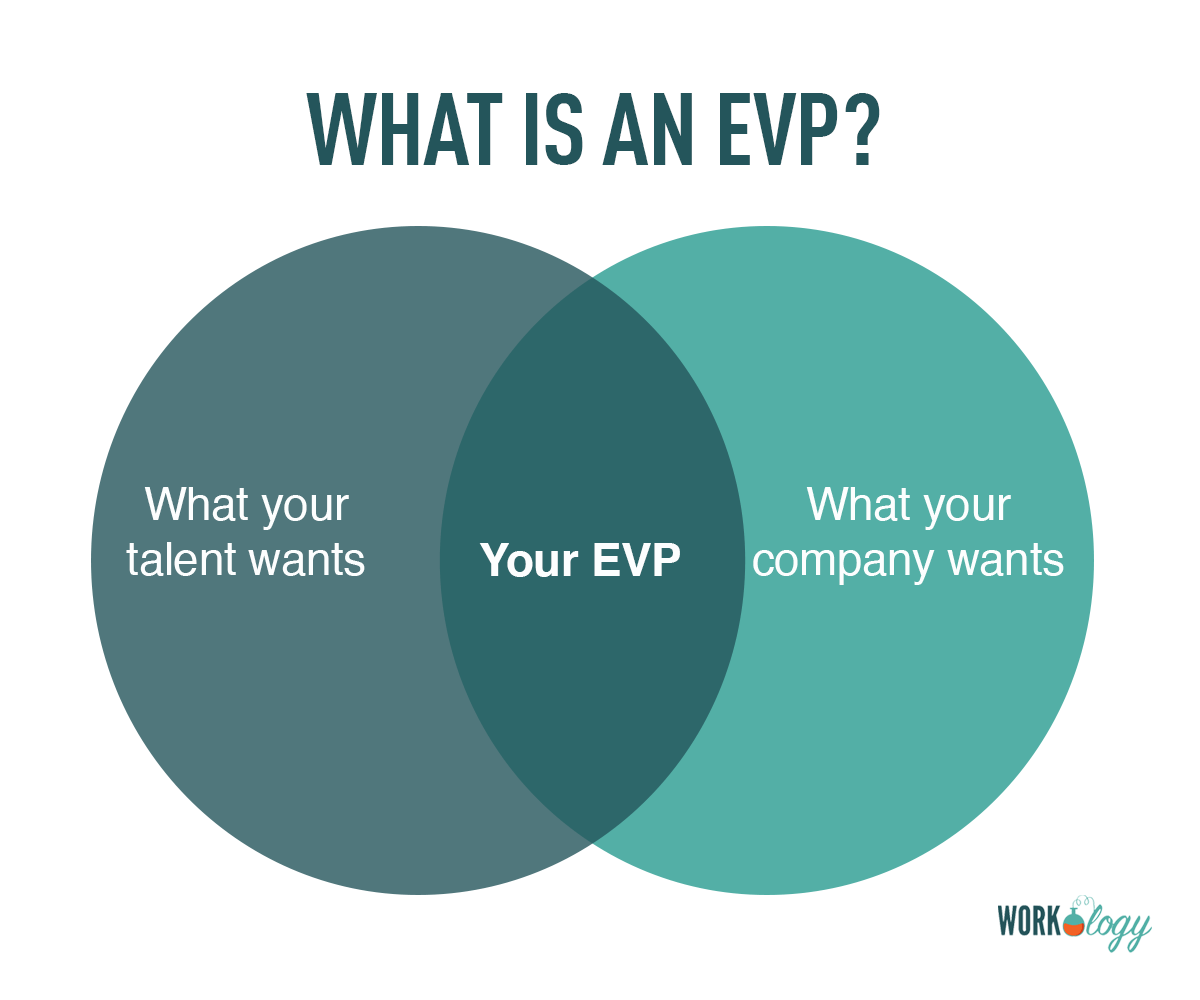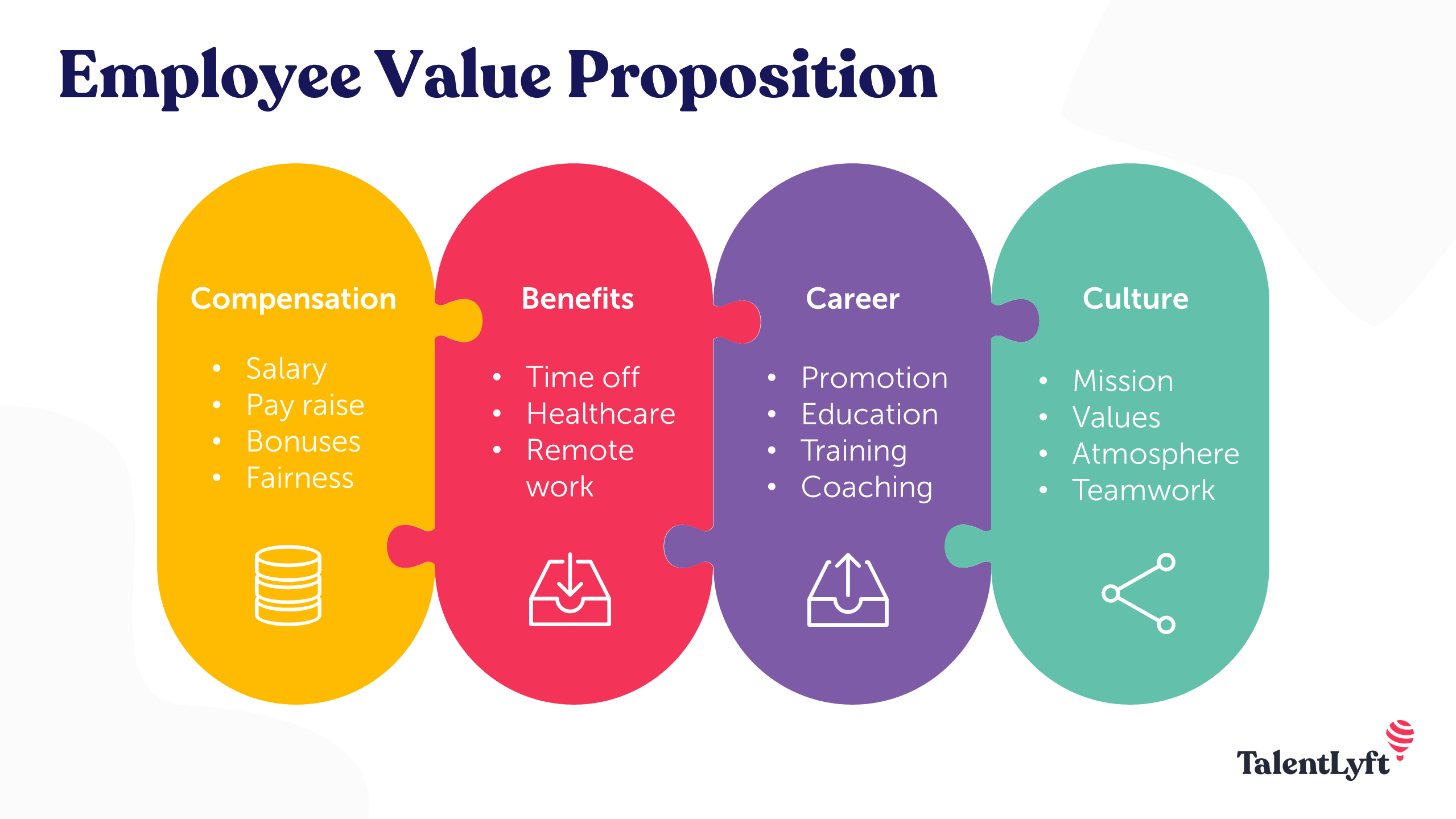Embark on an intriguing journey into the realm of Electronic Voice Phenomena (EVP), where the boundaries between the tangible and the ethereal blur. EVP, the enigmatic capture of voices and sounds from beyond our perception, has captivated researchers and enthusiasts alike, inviting us to question the very nature of reality.
In this comprehensive exploration, we delve into the fascinating history and evolution of EVP research, examining the diverse methods employed to capture these elusive whispers from the unknown. We’ll uncover the challenges and controversies surrounding EVP analysis, while also exploring the scientific and paranormal perspectives that seek to explain their origins.
EVP Introduction

Electronic Voice Phenomena (EVP), also known as Spirit Voices, are anomalous sounds or voices that are captured on audio recordings. EVP researchers believe that these voices are the disembodied voices of spirits or other paranormal entities.
The history of EVP research dates back to the early 1900s, when researchers began to experiment with recording devices in an attempt to capture the voices of the dead. In the 1950s, a Swedish engineer named Friedrich Jürgenson claimed to have captured the voices of spirits on tape. Jürgenson’s work inspired other researchers to explore EVP, and the field has grown steadily ever since.
Challenges in EVP Research
EVP research is a controversial field, and there is no scientific consensus on the validity of the phenomenon. One of the biggest challenges in EVP research is the difficulty in distinguishing between genuine EVP and other sounds, such as background noise or electronic interference.
Methods of EVP Detection

EVPs can be captured using various methods, each with its own advantages and disadvantages. Here’s a closer look at some common EVP detection techniques:
EVPs are typically captured using audio recorders, such as digital voice recorders or cassette recorders. These devices are placed in the investigation area, and investigators ask questions or engage in conversation, hoping to capture EVPs on the recording. Some recorders have built-in features specifically designed for EVP detection, such as automatic gain control (AGC) and noise reduction.
Spirit Boxes
Spirit boxes are electronic devices that scan through radio frequencies, producing white noise or distorted audio. Investigators believe that spirits can manipulate the frequencies to create intelligible speech. Spirit boxes are often used in conjunction with voice recorders to capture EVPs.
Dowsing Rods
Dowsing rods are L-shaped or Y-shaped rods made of metal or wood. They are held in the investigator’s hands, and the movement of the rods is believed to indicate the presence of spirits or energy.
Conducting EVP Sessions
EVP sessions require careful planning and preparation. Here are some guidelines to consider:
- Equipment Setup: Place recorders strategically around the investigation area. Use headphones to minimize background noise and enhance EVP detection.
- Environmental Conditions: Choose a quiet location with minimal distractions. Dim lighting or darkness may create a more conducive atmosphere for EVPs.
- Techniques: Ask clear and concise questions, and allow ample time for responses. Encourage participants to speak slowly and distinctly. Avoid leading questions or suggestive language.
Importance of Skepticism and Critical Thinking, EVP
EVP investigations require a balanced approach that combines open-mindedness with skepticism. Investigators must critically evaluate the evidence and consider alternative explanations for EVPs, such as misinterpretation, environmental noise, or technical glitches. Confirmation bias and wishful thinking can lead to false positives.
| Method | Advantages | Disadvantages |
|---|---|---|
| Voice Recorders | Widely available, easy to use, relatively inexpensive | May capture background noise, limited range |
| Spirit Boxes | Can scan multiple frequencies, potentially increasing EVP detection | May be prone to interference, requires practice to interpret |
| Dowsing Rods | Simple and inexpensive, may provide immediate responses | Subjective and unreliable, requires belief in their effectiveness |
Resources for Further Research
Describe the different types of EVP recording devices and their capabilities.
EVP recording devices vary in their capabilities, from simple analog recorders to sophisticated digital devices with advanced features. Some common types of EVP recording devices include:
- Analog tape recorders: These devices record audio signals on magnetic tape. They are relatively inexpensive and easy to use, but they have limited recording time and can be susceptible to noise and distortion.
- Digital recorders: These devices record audio signals in digital format, which allows for longer recording times and higher quality recordings. They are also more portable and easier to use than analog recorders.
- EVP recorders: These devices are specifically designed for EVP recording. They typically include features such as adjustable sensitivity, noise reduction, and voice activation.
EVP recording devices with advanced features
Some EVP recording devices offer advanced features that can enhance the EVP recording experience. These features include:
- Multiple microphones: Some EVP recorders have multiple microphones, which can help to capture EVPs from different directions.
- Adjustable sensitivity: This feature allows you to adjust the sensitivity of the recorder, which can help to reduce noise and improve the quality of the EVPs.
- Noise reduction: This feature helps to reduce background noise, which can make it easier to hear EVPs.
- Voice activation: This feature allows the recorder to start recording only when it detects a voice, which can help to save battery life and storage space.
EVP Theories and Interpretations
The origin of EVPs remains a topic of debate, with various theories proposed to explain their existence. These theories range from scientific explanations to paranormal interpretations.
Scientific Theories
- Pareidolia: This theory suggests that EVPs are the result of the brain’s tendency to perceive patterns and meaning in random noise, especially when seeking to find familiarity in an unknown or uncertain situation.
- Infrasound: Some researchers believe that EVPs may be caused by infrasound, which are low-frequency sound waves that are inaudible to humans. These waves can interact with objects in the environment, creating vibrations that can be detected by recording equipment.
- Electromagnetic Interference: EVPs may also be caused by electromagnetic interference from electronic devices, such as radios, cell phones, or power lines. These signals can create electrical noise that can be recorded by EVP equipment.
Paranormal Theories
- Spirit Communication: Many believers in the paranormal attribute EVPs to communication from spirits or ghosts. They suggest that spirits can manipulate electromagnetic fields or infrasound to create sounds that can be recorded by EVP devices.
- Thought Projection: Another paranormal theory suggests that EVPs are the result of thoughts being projected from the minds of living people. These thoughts can be recorded by EVP equipment and interpreted as voices or messages.
- Residual Energy: Some paranormal enthusiasts believe that EVPs are recordings of energy left behind from past events or individuals. These energies can be imprinted on objects or locations and later detected by EVP devices.
Provide real-world examples of captured EVPs, including audio clips and transcripts.
Electronic voice phenomena (EVP) are sounds that are recorded on electronic devices that are not produced by any known source. These sounds are often interpreted as voices of spirits or other entities. There are many examples of captured EVPs, some of which are more convincing than others.
One of the most famous examples of an EVP is the “Brown Mountain Lights” recording. This recording was made in 1983 by a group of researchers who were investigating the mysterious lights that are often seen in the Brown Mountain area of North Carolina. On the recording, a voice can be heard saying, “Help me, I’m lost.” The researchers were unable to identify the source of the voice, and the recording has become one of the most well-known examples of an EVP.
Remember to click Malawi to understand more comprehensive aspects of the Malawi topic.
Another example of an EVP is the “Bigelow Ranch” recording. This recording was made in 1996 by a group of researchers who were investigating the Bigelow Ranch in Utah. On the recording, a voice can be heard saying, “Get out of here.” The researchers were unable to identify the source of the voice, and the recording has become one of the most well-known examples of an EVP.
EVP as a Communication Tool

EVP has gained attention for its potential in facilitating communication with spirits or entities from beyond the physical realm. While some believe EVPs offer a direct line of communication with the departed, others approach the concept with skepticism. Nonetheless, exploring the potential of EVPs as a communication tool warrants consideration.
Ethical Considerations
Engaging in EVP communication raises ethical considerations. Respecting the boundaries of the deceased and approaching the practice with sensitivity is paramount. Additionally, ensuring the well-being of participants and maintaining a grounded perspective are crucial.
EVP and the Paranormal
EVPs have become a significant tool in ghost hunting and paranormal investigations. Believers suggest that EVPs provide evidence of communication with spirits or entities from the other side. Skeptics, on the other hand, argue that EVPs are merely the result of misinterpretations, pareidolia, or technological glitches.
Connection Between EVPs and Paranormal Phenomena
Proponents of EVPs believe that they are a form of communication from spirits or entities that are unable to communicate through conventional means. They argue that EVPs often contain messages or information that is relevant to the location or the individuals present, suggesting that they are coming from a source beyond the physical world.
Role of EVPs in Ghost Hunting and Investigations
EVPs have become a popular tool in ghost hunting and paranormal investigations. Investigators use EVP recorders to capture potential voices or sounds that may indicate the presence of spirits or entities. They often combine EVP recordings with other methods such as EMF detectors, temperature sensors, and night vision cameras to build a comprehensive picture of paranormal activity.
Scientific Evidence
The scientific community remains divided on the existence of EVPs. Some studies have suggested that EVPs may be the result of pareidolia, a psychological phenomenon where individuals perceive patterns or meaning in random noise. Other studies have found that EVPs can be produced through technological glitches or environmental factors.
Psychological and Cognitive Factors
Skeptics argue that EVPs can be attributed to psychological and cognitive factors such as confirmation bias, wishful thinking, and the tendency to hear what we expect to hear. They suggest that individuals who are actively seeking paranormal experiences may be more likely to interpret random sounds as EVPs.
Use in Paranormal Research and Investigations
Despite the lack of scientific consensus, EVPs continue to be used in paranormal research and investigations. Researchers use EVPs to explore the possibility of communication with spirits or entities, and to gather evidence of paranormal activity.
Ethical Considerations and Controversies
The use of EVPs has raised ethical considerations and controversies. Some critics argue that EVPs can be used to exploit vulnerable individuals who are seeking contact with deceased loved ones. Others question the reliability and validity of EVPs as evidence of paranormal activity.
Bibliography
* Ghost Hunting: EVPs and Electronic Voice Phenomena by Barry Taff and Kathleen Marden
* The EVP Handbook: A Guide to Electronic Voice Phenomena by Steve Huff
* Electronic Voice Phenomena: Talking to the Dead? by D. Scott Rogo
* The Ghost Hunter’s Field Guide: Tools and Techniques for Investigating the Paranormal by John Kachuba
* The Skeptic’s Guide to the Paranormal by Steven Novella
EVP Hoaxes and Debunking

EVP hoaxes undermine the credibility of paranormal research and mislead investigators. Understanding the methods used to create fabricated EVPs is crucial for distinguishing genuine experiences from hoaxes.
Discover how Andre Rieu has transformed methods in RELATED FIELD.
Common Hoaxing Methods
- Sound Editing: Manipulating audio recordings to insert or alter EVPs using software.
- EVP Simulators: Devices that generate EVP-like sounds, often using random noise or pre-recorded voices.
- Deliberate Misinterpretation: Assigning meaning to random sounds or background noise, interpreting them as EVPs.
Distinguishing Genuine from Fabricated EVPs
Distinguishing genuine EVPs from hoaxes requires careful analysis:
- Context: Consider the circumstances surrounding the recording, including the environment and any potential sources of interference.
- Audio Characteristics: Analyze the audio quality, clarity, and consistency of the EVP. Hoaxed EVPs may have unnatural or repetitive sounds.
- Corroborating Evidence: Seek independent confirmation from multiple sources or through different recording methods.
Ethical Implications
EVP hoaxes compromise the integrity of paranormal research and mislead the public. Researchers must approach EVP analysis with skepticism and critical thinking.
Table: Genuine vs. Fabricated EVPs
| Feature | Genuine EVP | Fabricated EVP |
|—|—|—|
| Context | Consistent with the environment, no obvious sources of interference | Suspicious circumstances, unexplained background noise |
| Audio Characteristics | Clear, coherent, and related to the investigation | Unnatural, repetitive, or unrelated to the context |
| Corroborating Evidence | Supported by multiple sources or different recording methods | Lack of independent confirmation |
Common Pitfalls and Misconceptions
Avoid common pitfalls in EVP interpretation:
- Confirmation Bias: Seeking only evidence that supports preconceived beliefs.
- Pareidolia: Interpreting random patterns as meaningful information.
- Lack of Critical Thinking: Failing to question the validity of EVPs or consider alternative explanations.
Call to Action
Researchers must approach EVP analysis with skepticism and critical thinking. By understanding hoaxing methods and distinguishing genuine EVPs, we can ensure the credibility of paranormal research and advance our understanding of this enigmatic phenomenon.
EVP and Technology
Technology has significantly impacted EVP research, expanding its capabilities and introducing new possibilities for analysis and interpretation.
One major advancement has been the use of digital audio recorders, which offer higher sound quality and increased sensitivity compared to analog devices. This allows for the capture of more subtle EVPs that may have been missed with older technology.
AI and Machine Learning in EVP Analysis
Artificial intelligence (AI) and machine learning (ML) are emerging as valuable tools in EVP analysis. These technologies can assist in identifying patterns, filtering out background noise, and enhancing EVP signals.
For example, AI algorithms can be trained to recognize specific speech patterns or acoustic anomalies that may indicate the presence of an EVP. ML algorithms can then be used to analyze large datasets of EVP recordings, identifying common characteristics and potentially uncovering hidden messages.
EVP Subgenres
EVPs can be classified into different subgenres based on their characteristics, such as length, pitch, clarity, and content. Each subgenre has unique features and challenges, and the characteristics of each subgenre can be used to identify and classify EVPs.
Class A EVPs
Class A EVPs are clear, intelligible speech that is often indistinguishable from human speech. They are typically short in length and have a high signal-to-noise ratio. Class A EVPs are considered to be the most reliable type of EVP, as they are difficult to fake or misinterpret.
Class B EVPs
Class B EVPs are muffled, distorted speech that is difficult to understand. They typically have a low signal-to-noise ratio and may contain background noise or other interference. Class B EVPs can be more difficult to interpret than Class A EVPs, but they can still provide valuable information.
Class C EVPs
Class C EVPs are non-verbal sounds, such as footsteps, knocks, or other noises. They do not contain any discernible speech, and can be difficult to determine if they are of paranormal origin. Class C EVPs can be used to provide evidence of paranormal activity, but they must be interpreted with caution.
The characteristics of each EVP subgenre can be used to identify and classify EVPs. Class A EVPs are typically clear and intelligible, while Class B EVPs are muffled and distorted. Class C EVPs do not contain any discernible speech. The characteristics of each subgenre can also be used to interpret EVPs. Class A EVPs are considered to be the most reliable type of EVP, as they are difficult to fake or misinterpret. Class B EVPs can be more difficult to interpret, but they can still provide valuable information. Class C EVPs must be interpreted with caution, as they can be difficult to determine if they are of paranormal origin.
When recording and analyzing EVPs, it is important to consider the characteristics of each subgenre. Class A EVPs should be recorded with a high-quality recorder and in a quiet environment. Class B EVPs can be more difficult to record, but they can still be captured with a good recorder and some patience. Class C EVPs can be recorded with a variety of devices, but it is important to be aware of the background noise and other interference that may be present.
EVP Equipment Design

EVP recording equipment is designed to capture faint sounds that may be missed by the human ear. These devices are typically equipped with sensitive microphones and preamps, which allow them to pick up on even the smallest fluctuations in sound pressure. The frequency range of EVP recorders is also important, as it determines the range of sounds that the device can capture. Most EVP recorders have a frequency range of 20 Hz to 20 kHz, which is the same range as human hearing. However, some EVP recorders have a wider frequency range, which allows them to capture sounds that are beyond the range of human hearing.
Noise reduction is another important feature of EVP recorders. This feature helps to reduce background noise, which can make it difficult to hear EVPs. EVP recorders typically use a variety of noise reduction techniques, such as digital filtering and spectral subtraction.
Sensitivity
The sensitivity of an EVP recorder is measured in decibels (dB). The higher the dB rating, the more sensitive the recorder is. A higher sensitivity rating allows the recorder to pick up on fainter sounds. However, it is important to note that a higher sensitivity rating can also lead to more background noise.
Frequency Range
The frequency range of an EVP recorder is measured in hertz (Hz). The lower the Hz rating, the lower the frequency that the recorder can capture. The higher the Hz rating, the higher the frequency that the recorder can capture. Most EVP recorders have a frequency range of 20 Hz to 20 kHz, which is the same range as human hearing. However, some EVP recorders have a wider frequency range, which allows them to capture sounds that are beyond the range of human hearing.
Noise Reduction
Noise reduction is an important feature of EVP recorders. This feature helps to reduce background noise, which can make it difficult to hear EVPs. EVP recorders typically use a variety of noise reduction techniques, such as digital filtering and spectral subtraction.
EVP Recording Locations
Selecting the ideal location for EVP recording sessions is crucial for successful results. The environment plays a significant role in influencing the capture of EVPs.
EVPs are believed to be more prevalent in places with a history of paranormal activity or emotional intensity. These locations include:
Haunted or Historic Sites
- Abandoned buildings, castles, or mansions with a history of tragedy or violence
- Historic battlefields or cemeteries where strong emotions are believed to linger
Areas with Emotional Resonance
- Places where traumatic events have occurred, such as hospitals, morgues, or accident scenes
- Rooms or homes where strong emotional attachments or experiences are present
Environmental Factors
Certain environmental factors can enhance EVP capture:
- Darkness: Darkness reduces visual distractions and creates a more conducive atmosphere for EVPs.
- Quiet: Minimize background noise to improve the clarity of EVPs.
- Temperature: Cold temperatures are believed to facilitate EVP communication.
- Humidity: High humidity levels may improve the conductivity of electrical equipment used for EVP detection.
– Discuss the use of EVPs in music, film, and other art forms
EVPs have found their way into various artistic expressions, offering unique and evocative elements to creative works.
In music, EVPs have been incorporated into compositions to create eerie and atmospheric soundscapes. Notable examples include the track “EVP” by experimental electronic musician Coil, which features manipulated EVP recordings, and “Ghost Voices” by the ambient group The Orb, which uses EVPs as a haunting backdrop.
Film and Video
In film and video, EVPs have been used to enhance the atmosphere of horror and suspense. The 2012 film “Sinister” prominently features EVPs as a central plot device, adding an unsettling and supernatural element to the story.
Other Art Forms
Beyond music and film, EVPs have also been incorporated into other art forms. Visual artists have used EVPs as inspiration for paintings and installations, exploring the ethereal and enigmatic qualities of the recordings. Performance artists have integrated EVPs into their live shows, creating immersive and otherworldly experiences.
EVP Research and the Future
EVP research continues to evolve, with advancements in technology and methodologies driving new discoveries. Challenges remain, such as distinguishing genuine EVPs from background noise or hoaxes.
Future Directions and Advancements
- Improved Recording Techniques: AI-powered noise reduction and signal processing algorithms can enhance EVP clarity and reduce false positives.
- Multi-Dimensional Analysis: Combining EVPs with other paranormal data, such as EMF readings or thermal imaging, can provide a more comprehensive understanding of paranormal phenomena.
- Controlled Experiments: Rigorous scientific studies can help establish the validity of EVPs and rule out alternative explanations.
- Cross-Cultural Studies: Exploring EVPs across different cultures and languages can shed light on the universality of paranormal communication.
- Collaboration with Other Fields: Partnerships with linguistics, psychology, and computer science can bring fresh perspectives and insights to EVP research.
Closing Summary
As we conclude our exploration of EVP, we recognize the ongoing debate and mystery that surrounds this enigmatic phenomenon. The future of EVP research holds immense promise, with advancements in technology and analysis techniques offering new avenues for unraveling its secrets. Whether you approach EVP with skepticism or open-mindedness, its allure remains undeniable, beckoning us to continue probing the uncharted territories of the human experience.